How to burn your Linux desktop with Kooha
If you’ve ever wanted to record your Linux desktop but don’t like how existing Linux screen recording apps are ugly and confusing to use, you’ll like Kooha. It is an elegant screen recording application that is designed around ease of use and ease of use. Here’s how to use it to record your desktop on Linux.
Kooha installation on Linux
The Kooha screen recording application is compatible with Linux through Flatpak, Arch Linux (AUR) and the source code, which can be compiled. However, before we can go over how to use this program, we will need to demonstrate how to install it.
To install the Kooha application on your Linux computer, you will need to open a terminal window. You can open a terminal window by pressing Ctrl + Alt + T on the keyboard. Alternatively, search for “Terminal” in the application menu and run it that way.
When the terminal window is open, you can begin the installation. Follow the installation instructions below that correspond to your preferred installation method.
Flatpak
The main form of distribution for Kooha is the Flathub app store as a Flatpak package. The reason for this is that the application is designed for the Gnome desktop and the Gnome team works on Flatpak. However, any Linux desktop can use Flatpak.
To start the Kooha installation through Flatpak, you will need to configure the Flatpak runtime. The runtime configuration begins by installing the “flatpak” package on your computer. You can install this package by searching for “flatpak” in your distribution’s package manager.
If you’re having trouble setting up the Flatpak runtime on your computer, we’ve got you covered! Check out our detailed guide on how to install and configure Flatpak on Linux. It will tell you everything you need to know to make it work!
Once the Flatpak runtime is configured and configured on your system, you will need to enable the Flathub app store. To enable the Flathub app store, use the remote flatpak-add command below.
flatpak remote-add --if-not-exists flathub https://flathub.org/repo/flathub.flatpakrepo
With the Flathub application store installed on your Linux computer, you will be able to install the Kooha application. Using the flatpak installation command then configure the application.
flatpak install flathub io.github.seadve.Kooha
Arch Linux
The Kooha application is available for installation on Arch Linux through the Arch Linux AUR. To start the installation, you must install the Trizen AUR helper. This program simplifies the configuration of AUR applications.
sudo pacman -S git base-devel git clone https://aur.archlinux.org/trizen.git cd trizen/ makepkg -sri
With the Trizen application installed, you will be able to configure the Kooha application on your computer using the trizen -S command.
trizen -S kooha
Source code
While we do not recommend it, it is possible to install the Kooha application on your Linux PC from the available source code. For more information on how you can make this app work on your Linux PC, check out the Kooha website.
How to burn your Linux desktop with Kooha
To record your Linux desktop with the Kooha application, launch it by searching for it in the application menu. Then follow the step-by-step instructions below.
Paso 1: Within the Kooha app, you will need to decide what you want to record. To record just a section of the screen, click the “Capture a screen selection” box. Select the “Capture a monitor or window” box if you prefer to record the entire desktop.
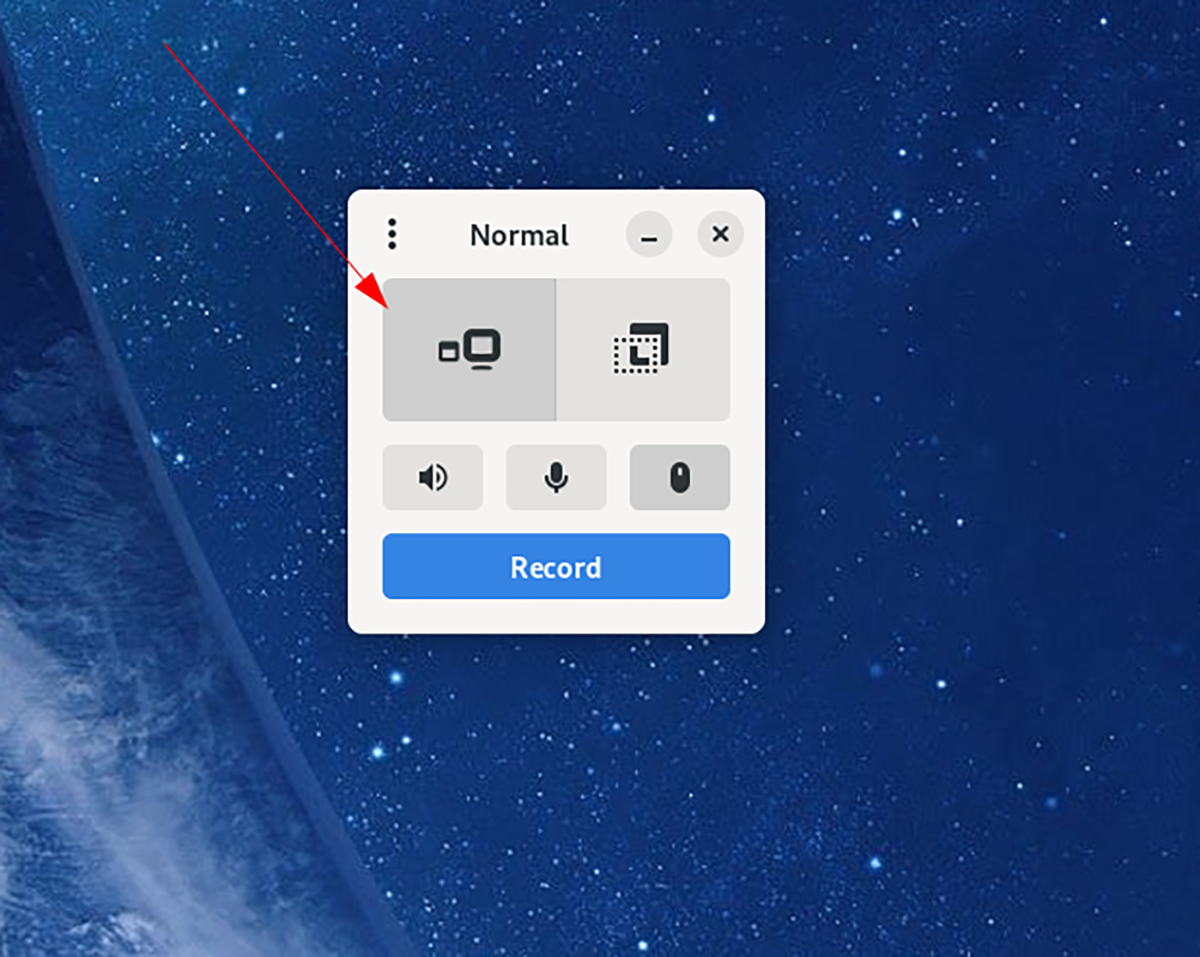
Paso 2: After deciding which part of the screen to record on Kooha, you will need to decide on the sound options. Find the speaker icon in the app and click it if you want Kooha to record all the sound coming from your computer.
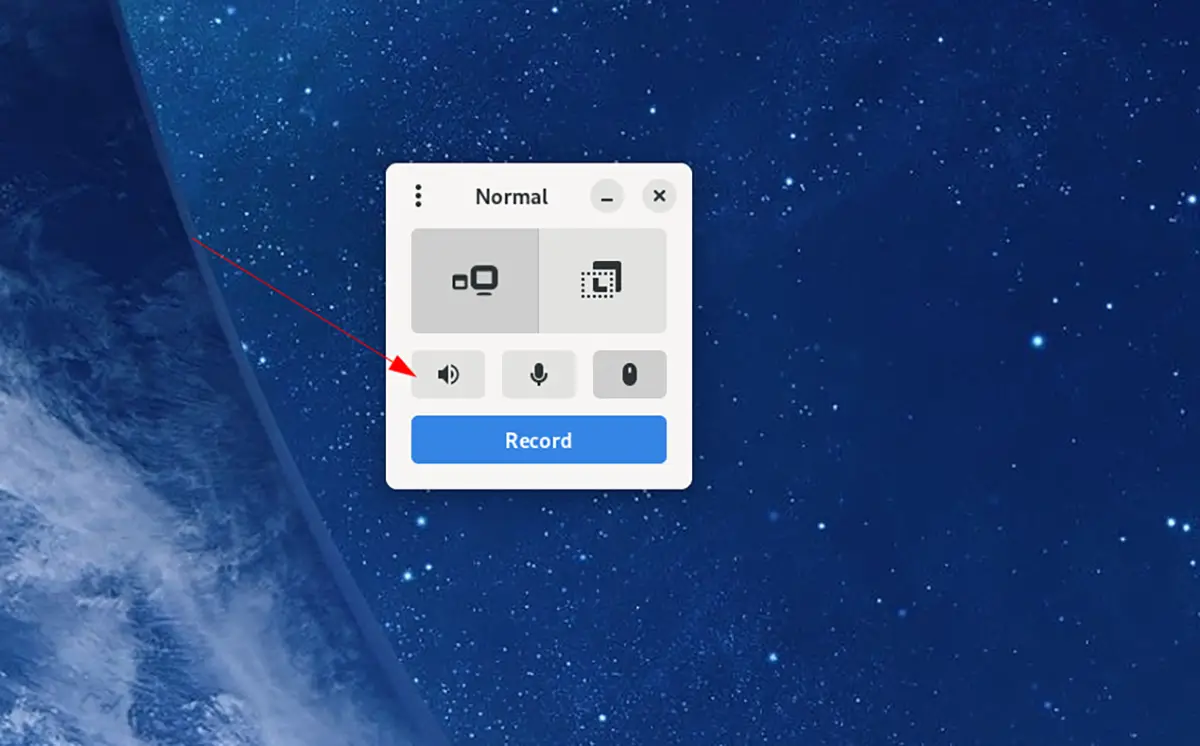
On the other hand, keep this box unchecked if you don’t want Kooha to record audio from your Linux desktop.
Paso 3: Once you’ve chosen whether to record audio from your speakers, you must decide whether you want Kooha to record the microphone connected to your computer. To record from it, select the microphone button.
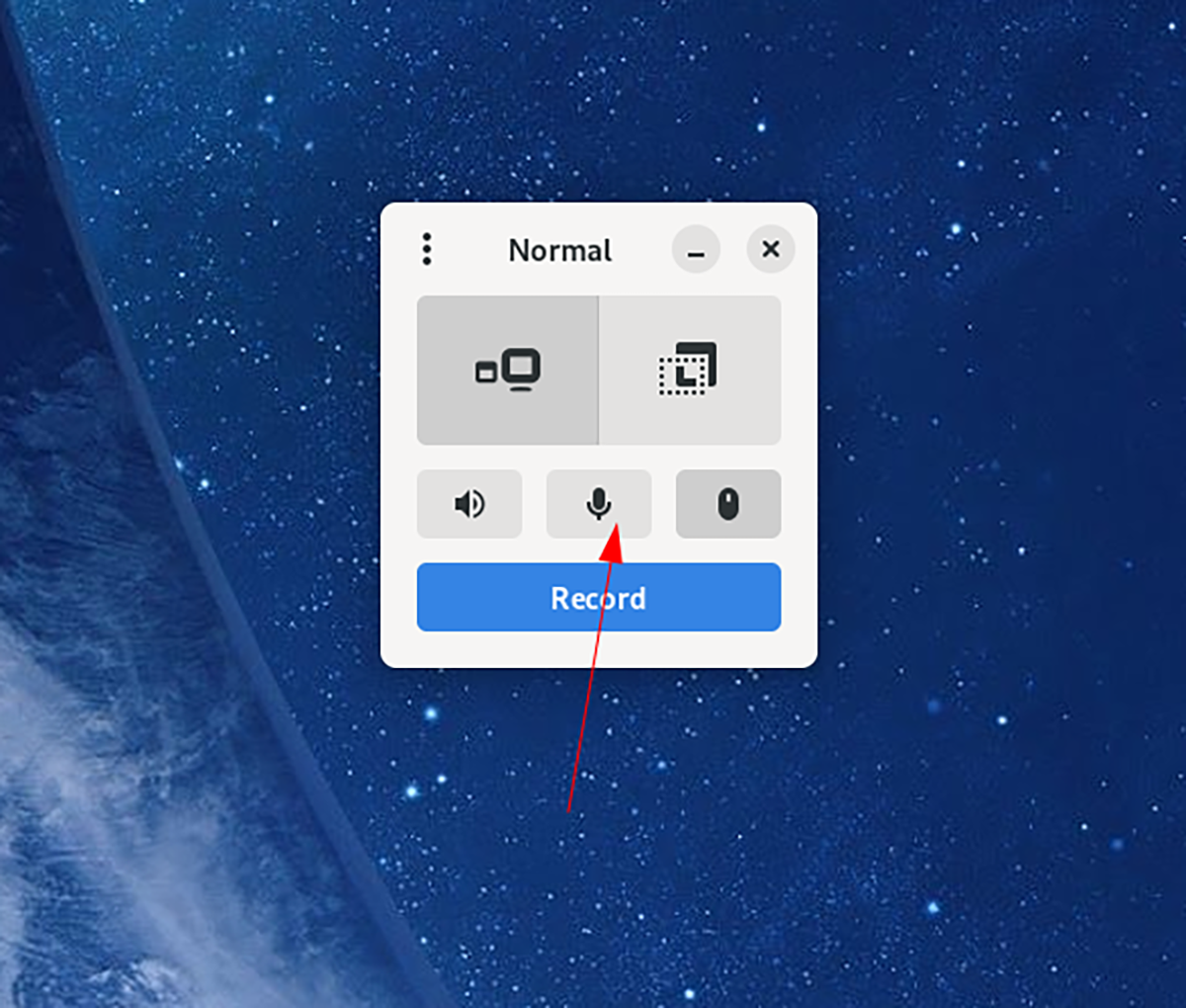
If you don’t want Kooha to record your microphone, don’t select the button.
Paso 4: With your microphone settings adjusted, it’s time to decide if Kooha should show the mouse pointer. To make the application show your pointer during recordings, click the “Mouse Pointer” button.
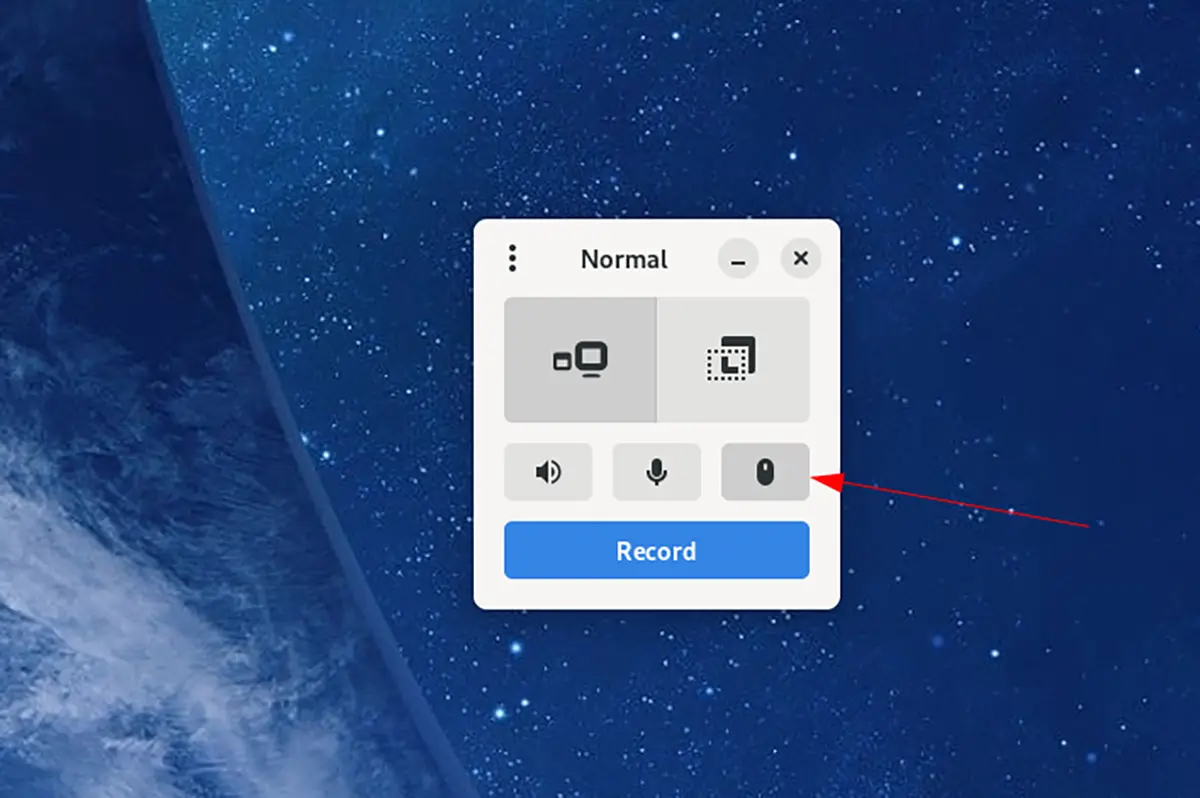
Don’t want to show the mouse pointer in your recordings? Don’t select the button.
Paso 5: With all the settings in Kooha configured, the recording can begin. Select the “record” button to start recording. When you click the “record” button, the application will start recording your screen.
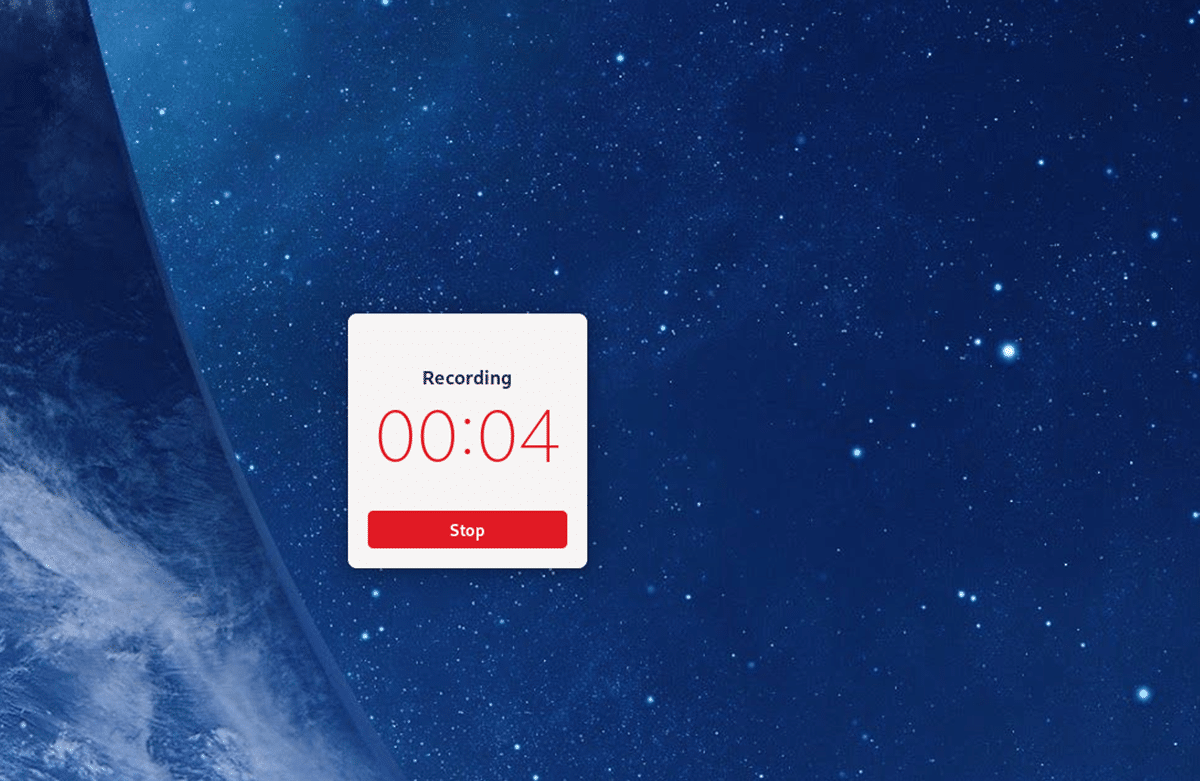
When you have finished recording, click the stop button. After selecting stop, Kooha will save your video to “Videos” in your home directory.














